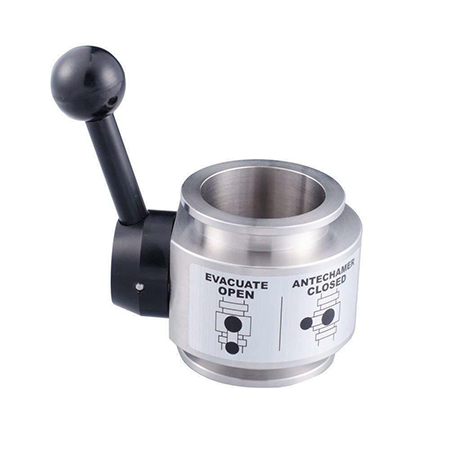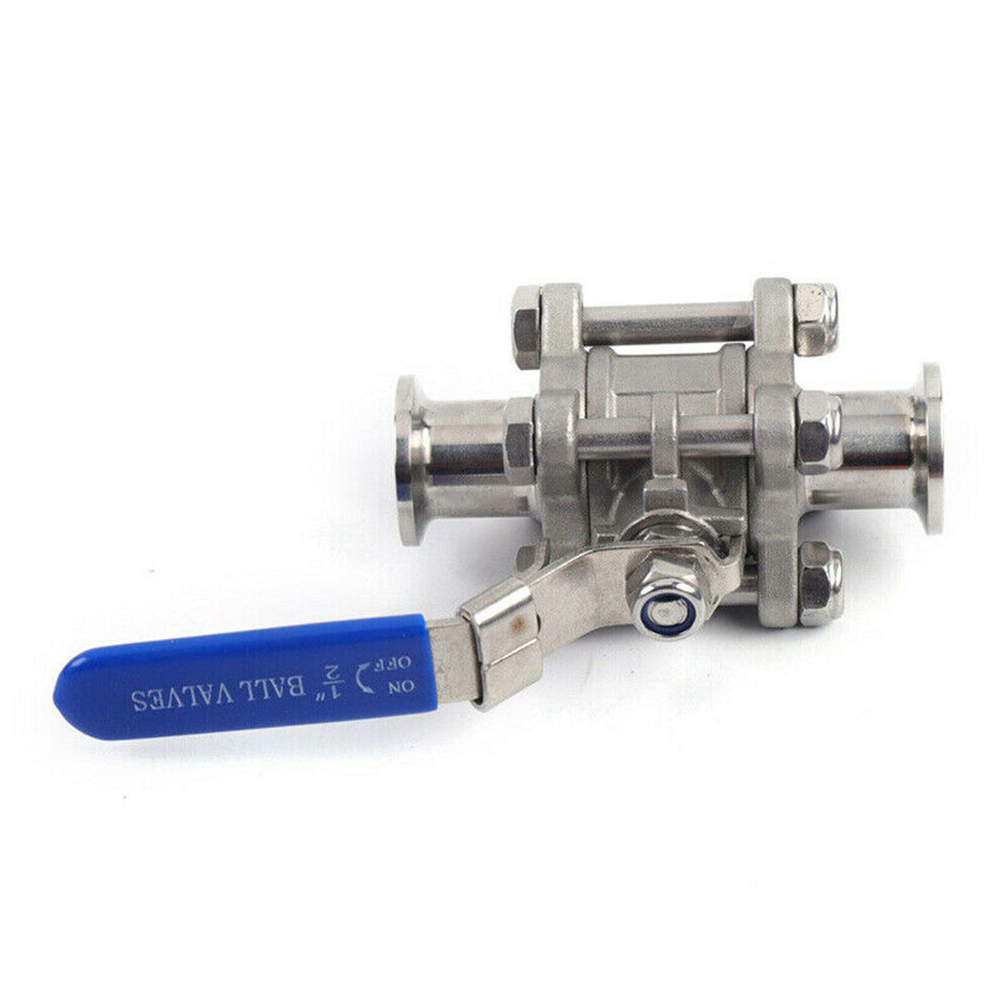
Description of Various Performance Indicators when Using Electric Butterfly Valve
The butterfly valve is simple in structure, small in size and light in weight, and consists of only a few parts. Moreover, it can be opened and closed quickly by rotating 90°, and the operation is simple. At the same time, the valve has good fluid control characteristics. When the butterfly valve is in the fully open position, the thickness of the butterfly plate is the only resistance when the medium flows through the valve body, so the pressure drop generated by the valve is small, so it has better flow control characteristics. The butterfly valve has two sealing types: elastic seal and metal seal. Elastic sealing valve, the sealing ring can be embedded in the valve body or attached to the periphery of the butterfly plate.
Use caution
Butterfly valve, as a component used to realize on-off and flow control of pipeline system, has been widely used in many fields such as petroleum, chemical industry, metallurgy, hydropower and so on. In the well-known butterfly valve technology, its sealing form mostly adopts a sealing structure, and the sealing material is rubber, polytetrafluoroethylene, etc. Due to the limitation of structural features, it is not suitable for industries such as high temperature resistance, high pressure resistance, corrosion resistance and wear resistance.
There is a relatively advanced butterfly valve that is a triple eccentric metal hard seal butterfly valve. The valve body and the valve seat are connected components, and the sealing surface of the valve seat is welded with temperature-resistant and corrosion-resistant alloy materials. The multi-layer soft laminated sealing ring is fixed on the valve plate. Compared with the traditional butterfly valve, this butterfly valve has high temperature resistance, is easy to operate, and has no friction when opening and closing. When closing, the torque of the transmission mechanism increases to compensate for the sealing, which improves the butterfly valve. The advantages of sealing performance and extended service life.
However, this butterfly valve still has the following problems during use:
1. Since the multilayer soft and hard stacked sealing ring is fixed on the valve plate, when the valve plate is normally open, the medium will wash its sealing surface positively, and the soft sealing tape in the metal interlayer will directly affect the sealing performance after being washed.
Installation and maintenance 1. During installation, the valve disc should be stopped in the closed position. 2. The opening position should be determined according to the rotation angle of the butterfly plate. 3. For the butterfly valve with bypass valve, the bypass valve should be opened before opening. 4. The installation should be carried out according to the installation instructions of the manufacturer. The heavy butterfly valve should be installed with a firm foundation.
Selection method the butterfly plate of the butterfly valve is installed in the diameter direction of the pipeline. In the cylindrical passage of the butterfly valve body, the disc-shaped butterfly plate rotates around the axis, and the rotation angle is between 0°-90°. When the rotation reaches 90°, the valve is in a fully open state.
Valves with metal seals generally have a longer life than valves with elastic seals, but it is difficult to achieve a complete seal. The metal seal can adapt to higher working temperature, while the elastic seal has the defect of being limited by temperature.
If the butterfly valve is required to be used as a flow control, the main thing is to correctly select the size and type of the valve. The structure principle of the butterfly valve is especially suitable for making large diameter valves. Butterfly valves are not only widely used in general industries such as petroleum, gas, chemical, and water treatment, but also used in cooling water systems of thermal power stations.
Commonly used butterfly valves include wafer type butterfly valves and flange type butterfly valves. Wafer type butterfly valve uses double-head bolts to connect the valve between two pipe flanges. Flange type butterfly valve has flanges on the valve, and the two ends of the valve are flanged to the pipe flanges with bolts.







